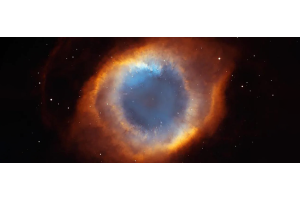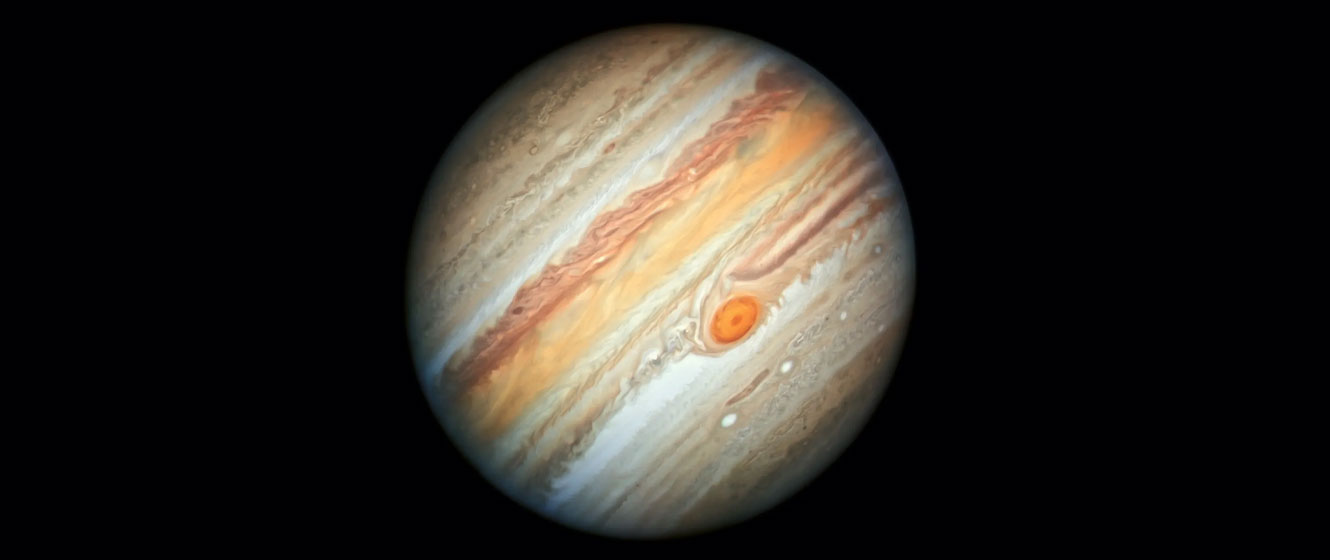
In this episode of What's in the Sky this Month, Teagan reviews some of the beautiful celestial objects you can see in the month of December!
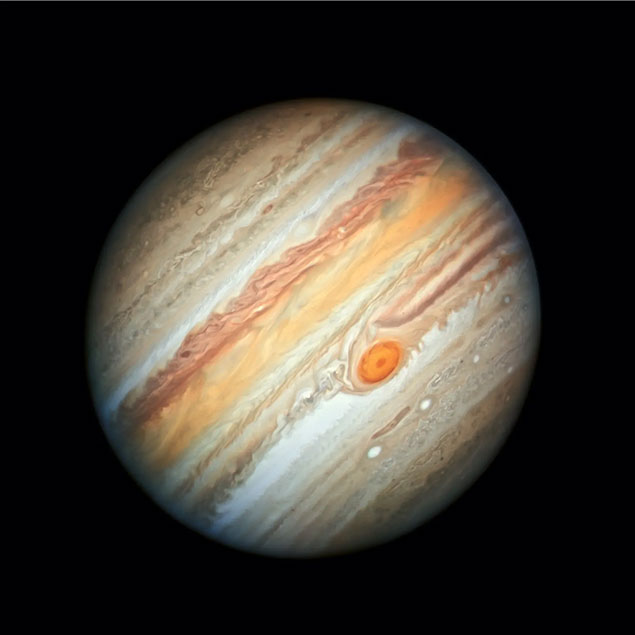
Image credit: NASA, ESA, A. Simon (Goddard Space Flight Center), And M.H. Wong (University Of California, Berkeley)
Jupiter at Opposition
On December 7th, Jupiter becomes the last of the outer planets to reach opposition this year. It can be found in the eastern half of Taurus and will appear within the same binocular field of view as Aldebaran from the 20th onwards. Shining at a glorious magnitude -2.8, it’s far brighter than the magnitude 1.0 star, but it’s worth appreciating the contrast between the golden light of the planet and the coppery light of Aldebaran.
Being at opposition, Jupiter also appears largest through a telescope, and boasts an apparent diameter of 48 arcseconds. This allows even small telescopes to see the dark bands of its atmosphere and the shadows cast by its moons, while scopes of around 150mm or larger will also reveal the famous Great Red Spot.
OUR NEAREST NEIGHBORS
Venus is now visible for 2-3 hours after sunset, with a crescent Moon accompanying it on the 4th. Four days later, and now at first quarter, the Moon catches up to Saturn. Both Saturn and Neptune are sinking toward the west, but you’ll find Uranus high in Taurus throughout the evening toward the southeast. It’s currently retrograde and will cross back into Aries on the 29th. Jupiter reaches opposition on the 7th and is joined by the nearly full Moon on the 13th and 14th. Mars is observable from late in the evening and can be seen within the same binocular field of view as the Beehive Cluster. The two will be closest on the 3rd and 4th when just 2.1 degrees will separate them. A waning gibbous Moon appears very close to the planet on the evening of the 17th and the early hours of the 18th. Mercury becomes visible in the predawn twilight from around mid-month and reaches greatest elongation on the 24th. A crescent Moon appears very close to Antares and 9 degrees west of Mercury on the 28th. The Moon is new twice this month - on the 1st and 30th - with the Full Cold Moon occurring on the 15th.
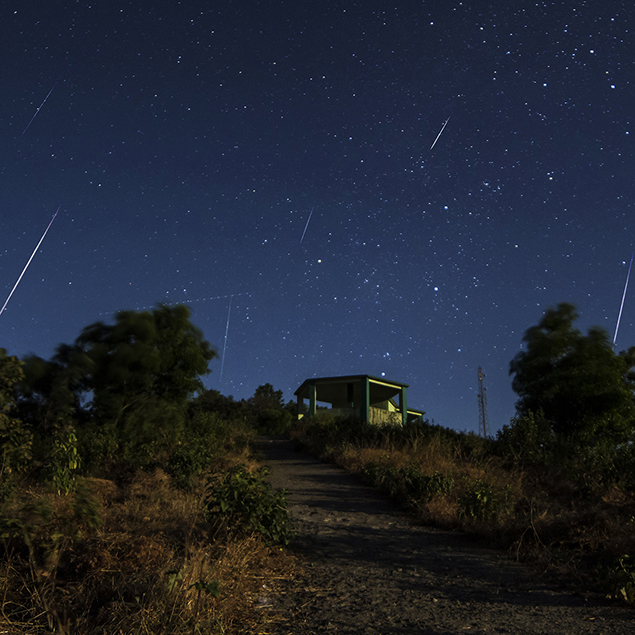
Image credit: Asim Patel
Geminid Meteor Shower
Unfortunately, 2024 is not a good year for the Geminids, as the Moon turns full less than 2 days after the shower reaches its peak. With this in mind, your best bet is probably 3-4 hours before dawn on the 14th, when the Moon is low in the west.
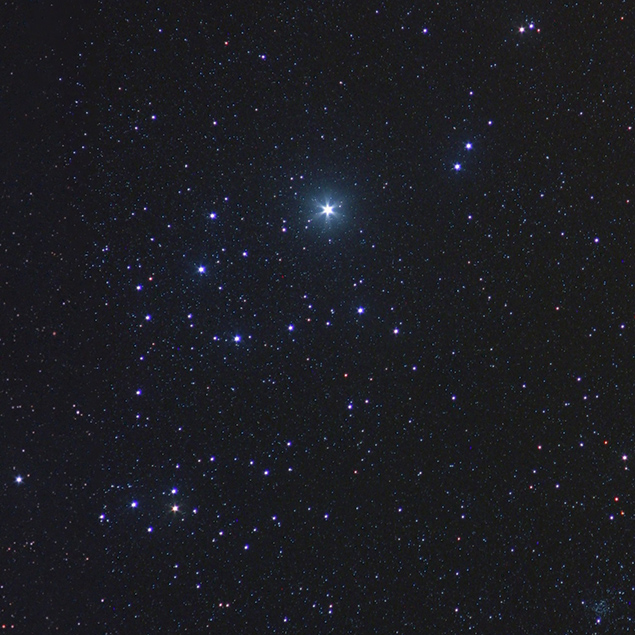
Image credit: Martin Gembec
Melotte 20 - The Alpha Persei Moving Cluster
Turn your binoculars toward Mirfak, the brightest star in Perseus, and you’ll see it surrounded by many fainter blue-white stars. This is the Alpha Persei Moving Cluster. These relatively young stars (roughly 60 million years old) form a true cluster that lies some 570 light-years away.
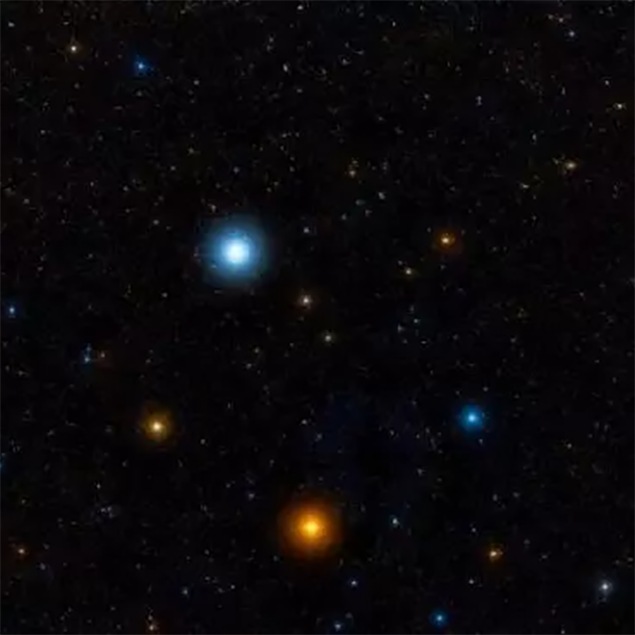
Image credit: WikiSky
Beta Persei - Algol
Algol is a famous eclipsing variable star that noticeably changes brightness from magnitude 2.12 to 3.39 over a period of 2.87 days. You can calculate the times of minima at https://skyandtelescope.org/observing/the-minima-of-algol/.
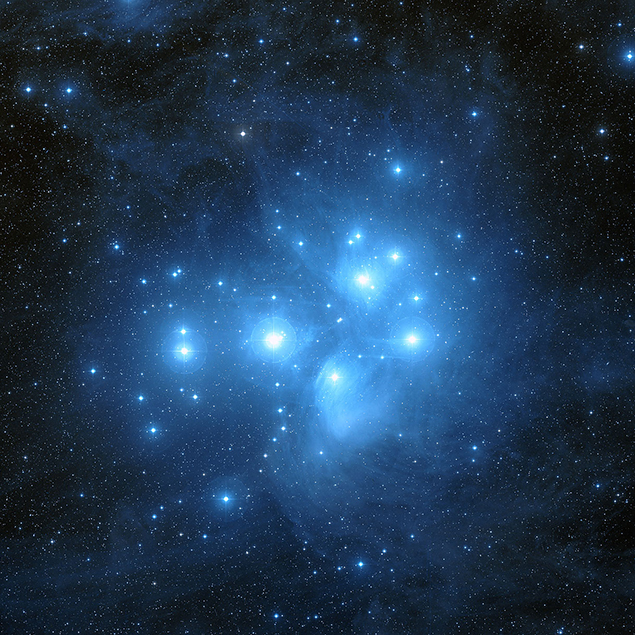
Image credit: Davide De Martin & the ESA/ESO/NASA Photoshop FITS Liberator
Messier 45 - The Pleiades
The Pleiades are easily seen with the naked eye, even from suburban skies, and a fine sight through almost any binoculars. If observed telescopically, a low-powered, wide angle eyepiece should be used to fit the entire cluster within the field of view.
STELLAR CONCEPTS
Eclipsing Variable: An eclipsing variable is a multiple star system that appears to dim when one star passes in front of the other. Ordinarily, the combined light of both stars allows the pair to be seen as a single bright star from Earth. But when one star passes in front of the other - effectively hiding it from view - the combined light is less, and the star appears fainter as a result.





